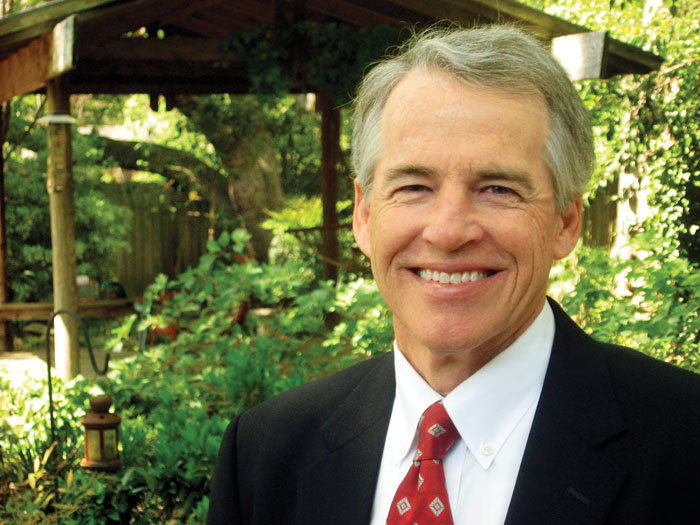Story by Rich Donnell,
Editor-In-Chief
There’s a whole lot of health and safety going on in this issue.
Our cover story, for example, is the Huber OSB plant in Crystal Hill, Va. The operation has implemented numerous programs and methods for the sake of its employees. This impressive health and safety culture at Crystal Hill has been honored for three consecutive years by the parent company.
Elsewhere in this issue you’ll see safety award announcements by APA—The Engineered Wood Assn. and Composite Panel Assn. Between them, about 30 structural and non-structural panel mills are recognized for safety performance.
Having been in this industry for more than 30 years, I can recall visiting certain panel plants many years ago when I felt somewhat relieved to get out of there unscathed. They were so focused on production that their attention to safety “slipped” now and then. When the subject of safety came up during the course of conversation, they didn’t have a lot to say about it. As an outsider, it wasn’t difficult to see when safety was on the wane.
Of course not all mills were this way and some were more negligent than others, but the one big thing I’ve noticed in more recent years is that most mills have integrated their safety plan into their production plan and vice versa. The boundaries aren’t so visible anymore. It’s all safety all the time.
Believe me, as writers visiting a panel mill, we’re thrilled to walk into an environment of safety as well as production. Sure, most of the advertisements in this magazine are geared to production equipment, but so what, once we get into the mill, give us the hardhat, safety glasses, earplugs, safety vest and show us the yellow line, we’ll happily follow. All that gear and those restrictions may make taking photographs a bit awkward, but we’ll manage.
As an editor-in-chief who is responsible for a staff of writers—writers who are frequently visiting mills throughout the country—I am constantly worrying about their safety and hoping enough has been said in the editorial office about the potential pitfalls. “And always watch out for the forklifts coming around the stacks of panels…Those beeping noises are beeping for a reason…Look all around you before taking a photo…And look around you again before taking the next one…And watch what the plant manager does as you’re following him around the mill…Did he just tap on that low hanging conveyor that you’re about to walk under?…Never stop thinking about being safe when you are walking through the mill.”
The more careful your operations personnel are in the plant, the better it is for us journalists. We’re basically visiting a place where you spend your life. We’re in there for an hour or two. We may have been in a lot of plants before—and I believe without hesitation we’re the best in the world at what we do—but each new visit requires even the most experienced of us a moment to become acclimated. There’s a lot of movement and a lot of noise. It’s easy for us to get sidetracked as we attempt to understand the production flow, observe the newest technologies and choose our spots for the best photographs.
Not to burden you with more than what’s already on your plate, but thanks for keeping us safe, too.

